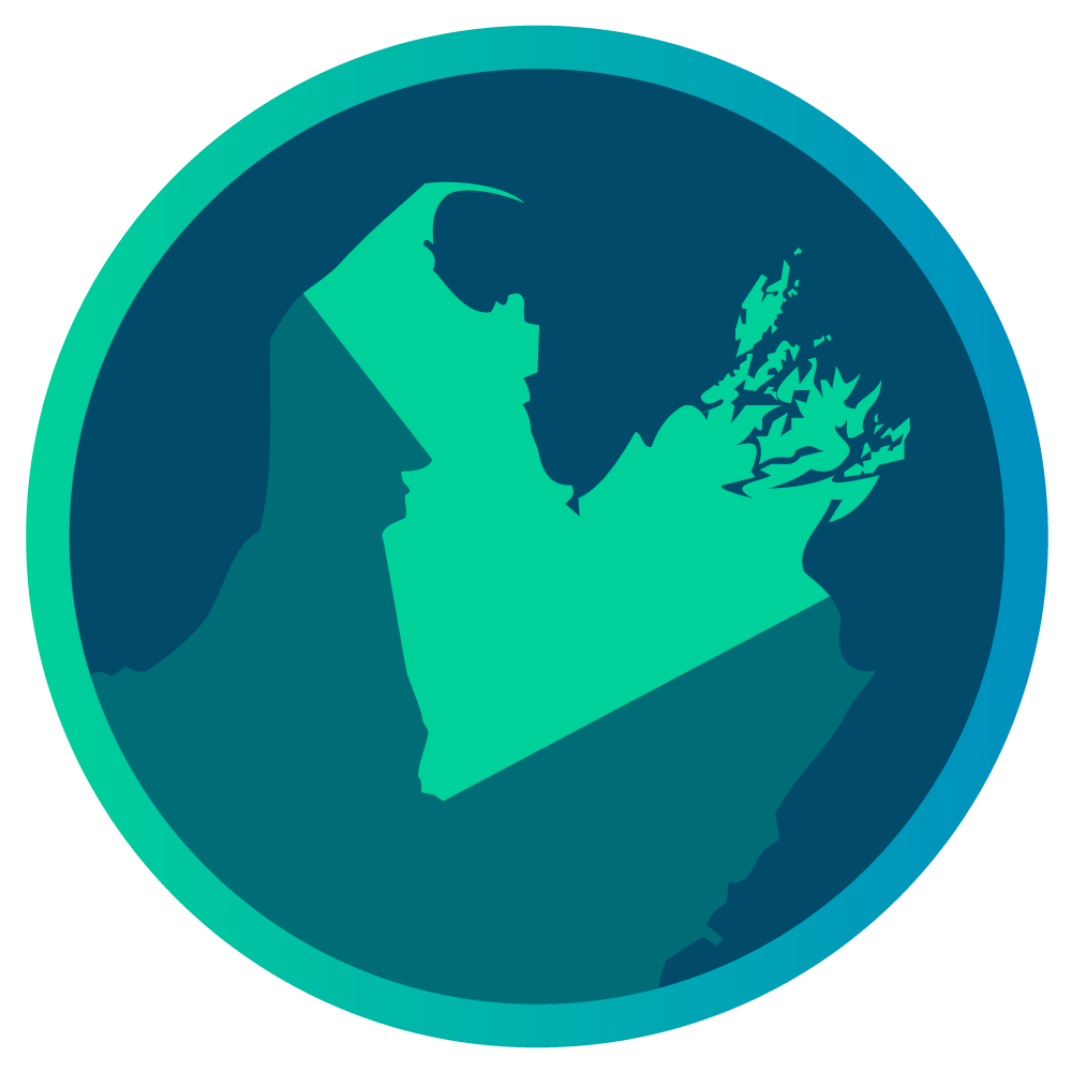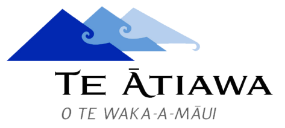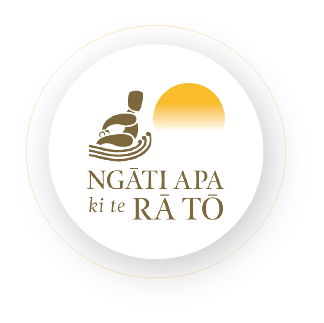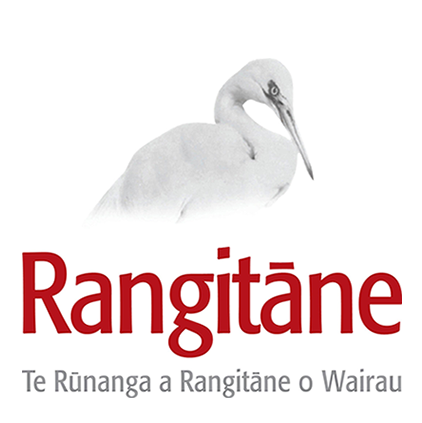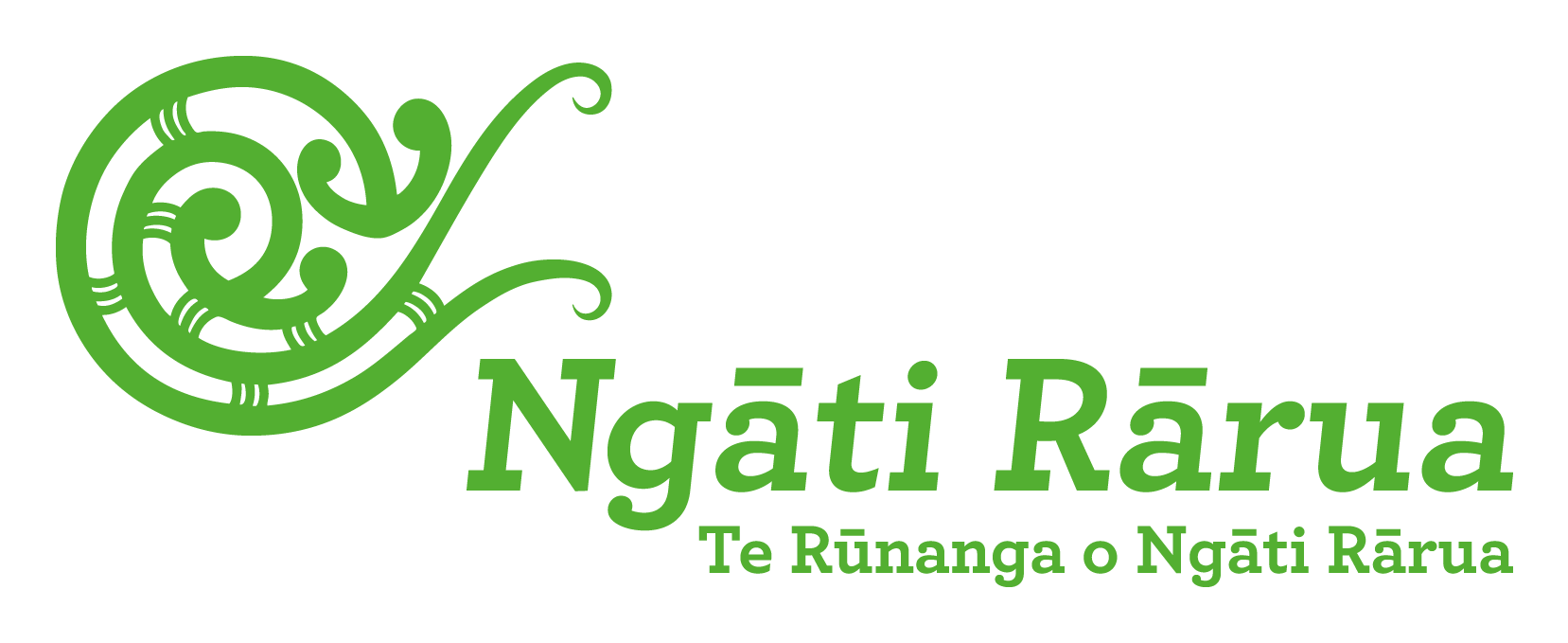Our region
Rohe
Te Tauihu o te Waka-a-Māui
The rohe of Te Tauihu o te Waka-a-Māui takes in the Marlborough and Tasman districts as well as Nelson city, which together have a population of around 165,000 people. Almost 20,000 of us are Māori. There are eight tangata whenua iwi, each of which is indelibly linked to the history, whenua and future of this rohe. In contemporary times, thousands of mātāwaka from across the motu also call Te Tauihu home. We are bound together by whakapapa, intermarriage, co-residence and shared and overlapping customary rights and by our shared acknowledgment that whānau wellbeing across all our communities in Te Tauihu is paramount.
Kurahaupō waka
Tainui waka
Tokomaru waka

Our history, whakapapa and connections determine our connection to whenua and moana.
Our associations and connections with this whenua cannot be defined by lines on a map.
The geographic boundary for Te Kāhui Hauora is defined only for the purposes of enabling Te Kāhui Hauora to undertake its duties under the Pae Ora (Health Futures) Act 2022. It is not reflective of traditional and contemporary tribal boundaries.
We work for all whānau Māori who call Te Tauihu home.
